Unless you’ve been living under a rock, you must have heard of credit cards that offer special introductory rates, often as low as 0%.
These cards charge low interest rates for a specified period of time after you open your account and can be incredibly useful if you want to finance a large purchase or quickly pay off your existing balance.
How do introductory rates work?
To attract new customers, card companies offer credit cards with introductory rates.
These introductory rates are usually very low, often varying from between 0% - 4%.
The introductory period, on the other hand, varies from anywhere between 6 – 21 months.
Depending on the card, the introductory rate can be applicable on new purchases or balance transfers, or both.
Let’s say a card that you applied for offers a 0% introductory rate on purchases for a period of 13 months.
That means that for 13 months after opening your account you won’t have to pay interest on purchases made using your card.
However, after this introductory period is over, you’ll be charged interest on your remaining balance at the normal applicable rate.
So to derive maximum advantage, make sure you pay off the entire balance before the 13-month period is up.
What you should keep in mind while using an introductory rate card
Having said that, there are certain things you should watch out for whenever applying for an introductory rate card.
First, make sure you know the correct length of the introductory period.
For example, the issuer could state the duration in terms of billing cycles or months.
A billing cycle is usually shorter than a month (often 27 days), so if your card’s introductory rate is applicable for 12 billing cycles, then it's likely that you’ll have less time to pay off your balance, compared to what you would have if the introductory period was for 12 months.
When approved for an introductory rate credit card, make sure you note in your calendar the date on which your introductory period ends, and pay off the balance by that date.
Let’s say you use the card to make a purchase of $12,000 as soon as you open the account, and your introductory period lasts for 12 months.
In that case, aim to make a payment of $1,000 each month so you can pay off the entire balance before the introductory period expires, or else you’ll pay interest on the remaining balance based on the normal applicable rate.
The second thing you should understand is whether the introductory rate has been offered on purchases, or balance transfers, or on both.
For example, certain cards offer special rates on purchases made during the introductory period but charge normal rates for balance transfers - or vice versa.
All these details are found in your credit card agreement – so go through it carefully, and don’t make mistakes like using a card that offers an introductory rate on balance transfers for making large purchases.
Thirdly, keep in mind that there are certain circumstances in which your introductory rate benefit could expire prematurely.
For example, if you are more than 60 days late on your credit card payment, or if you exceed your card limit, you may be charged the penalty rate - which is often as high as 30%.
Unfortunately, once you lose your introductory rate in this manner, there is no way to reinstate it.
Finally, make sure you understand the difference between an introductory rate card and a deferred interest card.
An introductory rate card charges you the normal applicable rate on the remaining balance once the introductory period is over.
In case of a deferred interest card, you are exempted from paying interest for a certain number of months as well.
But once that specified period is over, you’ll be retroactively charged interest on the remaining balance, starting from the date of the purchase.
When are introductory rate cards useful?
As mentioned in the beginning, introductory rate cards are useful if you want to transfer and pay off balances of high interest rate cards, or if you want to make a large purchase.
This is because these cards offer you a window of time when little or no interest is charged.
So, any payment you make during this time is used mostly to pay off the principal, which ensures that your balances reduce quickly.
However, before you make use of such cards, make sure you have a concrete plan in place to pay off what you owe before the introductory rate expires.
Unless you do so, all your efforts may come to naught.
Introductory rate cards are an effective way to borrow money for a specified period of time at little or no interest.
However, that’s not the only way you can get access to low interest funds.
Our team at Fund&Grow offers individuals with good credit the opportunity to obtain $50,000 - $250,000 of unsecured credit at 0% interest through creative credit card financing.
Available for a period of 6, 12, or 18 months, this amount can be used for anything from funding a small business to providing a down payment on a property.
So, if you need help in this regard, call us at (800) 996-0270 and we will help you deal with your financing problems.
Popular Posts
Instantly Pre-Qualify
Want Actionable Information, Tools and Resources To Quickly Acquire Business Capital, Credit and Funding?
I take tremendous pride in building positive and lasting relationships in my businesses and personal life. Every member of my team is committed to helping our clients get the maximum amount of funding possible and achieve their highest growth potential.



 Share
Share









